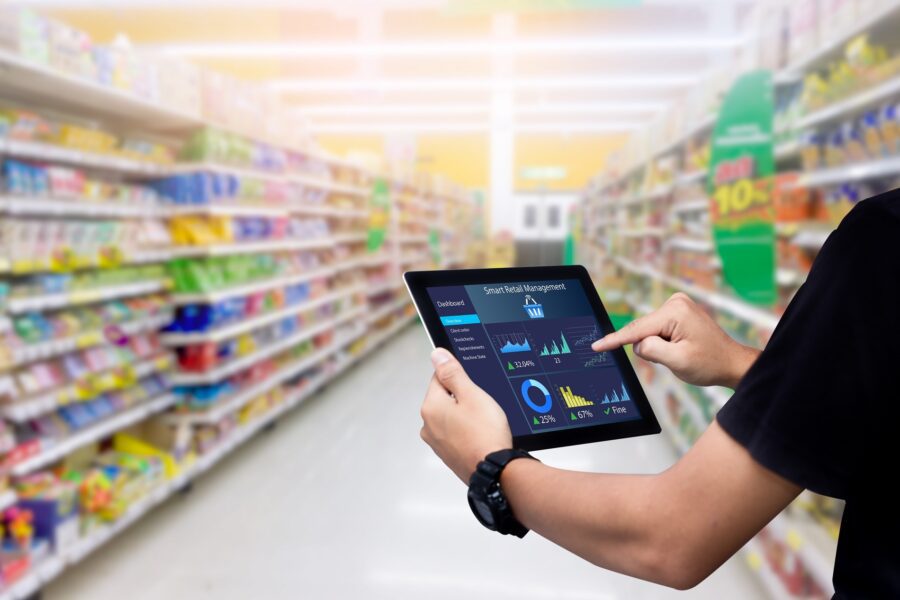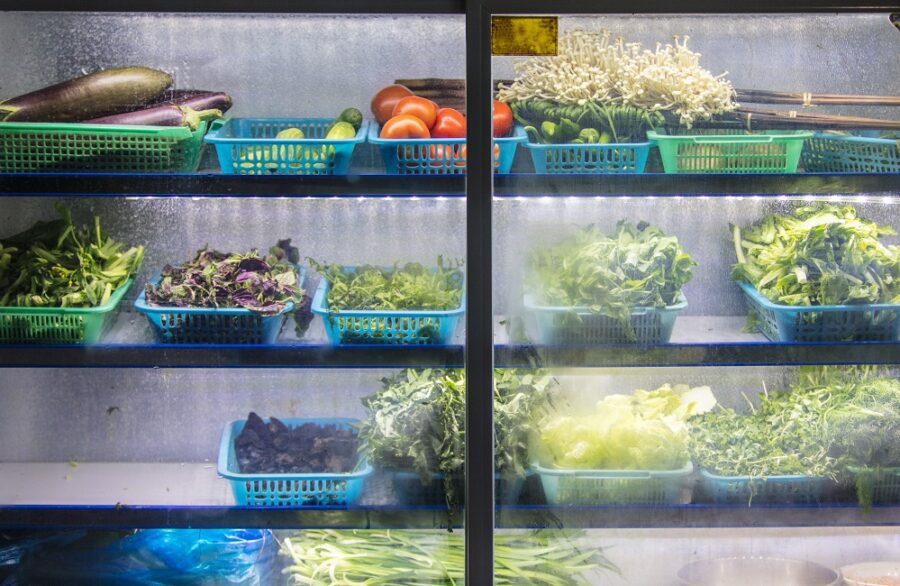
Our Blog
How to Improve Service in College Campus Offices
Written by: Parcel Pending
5 Min Read
Published: November 15, 2022
Updated: March 30, 2023
The COVID-19 pandemic highlighted the critical role and importance of student services in higher education during a difficult period. Students across the country relied on the help and support offered through various college support services and offices, whether they were studying remotely or attending classes on campus.
Now, as we transition to the “next normal,” students on college campuses have a newfound awareness and heightened expectations for campus services when it comes to helping them through the challenges of acquiring a college degree. Campus support and services are especially important for at-risk students – nearly two-thirds of respondents in a recent Blackboard survey said they believe support services are more important now than pre-pandemic.1
With the increasing pressure of budget challenges and cuts in the higher education sector, improving the on-campus experience for students and staff through automation, via tools like smart lockers can enhance service without increasing workloads.
Here are three key areas to focus on to improve support services in college campus offices:
1. Service Availability
Service availability and quality are critical issues that higher education institutions must address to improve the student and faculty experience. On most campuses across the US, referring to students as “customers” remains unpopular.2 Yet many students do see themselves as customers. Improving the quality of customer service is thus an important element in making the college experience better for students and staff.
A common headache for college students is uncertainty about where to turn for assistance. Students can’t take advantage of support if they can’t find the campus offices for financial aid, residence life, counseling services, or professional development (amongst many others). Therefore, it’s important to try and avoid “campus shuffle” – being sent from one office to another with no resolution in sight.
Instead of handing students off blindly, consider conducting additional service training that encourages staff to connect students directly to the resources they need rather than simply pass them off to another staff member.
One very helpful option to consider is creating a “one-stop shop” for high-traffic student services, such as a shared space for admission and registrar functions. Centralizing these key areas saves time for students and helps ensure more streamlined and efficient service delivery.
2. Efficient Services
According to D.J. Pepito, head of the National Association of College Auxiliary Services (NACAS), every interaction matters, even small ones. Therefore, it’s important to tailor interactions to individuals rather than creating generic, one-size-fits-all scripts that staff use to answer questions and queries from students and faculty.3
An important goal of any office offering support and services on a college campus is to strive to solve students’ problems quickly and with far fewer complaints. Department employees should also be encouraged to create more connections and have more positive interactions with students and faculty. That means colleges and administrative staff need to not only be more intentional about connecting with students and but also to connect students to the resources they’re looking for.4
It is also important to set service goals. This helps ensure that students get the help and support that they need and expect, in a timely manner. Typical service goals include anticipating student needs and making sure that staff are prepared to answer common questions and issues. Use these service goals to manage expectations with students about resolution times and service outcomes.
3. Ease of Access to Support and Services
In the US, 38% of students rank ease of access to support among their top service priorities.5 This means that providing access to services – whether it’s counseling services, disability services, human resources, etc.– through multiple communication channels is critical. Support services should ideally make full use of available digital and information technology, offering options for students and faculty that include app, web, and text-based communication and more traditional channels such as phone and in-person service delivery.
Emerging technologies in higher education have led to operational efficiency and improved service for students in higher education. For instance, the ability to communicate through different channels is particularly important to at-risk students, who typically prefer automated services such as chatbots and self-service phone menus. Many non-traditional students (who might find social interactions difficult), also prefer texting over other forms of communication.
Take Bunker Hill Community College (BHCC) in Boston, Massachusetts, for instance. Following COVID-related staff cuts, the college sought new ways to support food pantry delivery. BHCC wanted to make sure that access to the pantry was available after hours when students were more likely to visit. To address the needs of the student population, the College’s Delivering Information, Sustenance, and Health (DISH) Food Pantry installed Parcel Pending by Quadient’s refrigerated lockers.
BHCC became the first college food pantry in the United States to use automated refrigerated lockers to help the community access food and supplies. The newly named DISH & Dash Lockers are part of the school’s effort to give students easy access to food and household items. The lockers make it possible for students who are food insecure to go online and request items. They can then use the DISH & Dash Lockers to retrieve their orders discreetly and at their convenience. Because the lockers are available 24/7, the program was more efficient: despite using fewer after-hours shifts and employees, it increased the number of pickups made by students in need.
Improving Your Student Experience with Automation
Automation can help reduce some of the pressure on-campus staff, students, and faculty and improve campus life. Smart lockers, for instance, have helped mail service centers, bookstores, and campus stores boost productivity by as much as 30% while also decreasing staffing costs. As the number of students at colleges and universities grow, smart lockers remain an excellent solution for higher education institutions to provide a safe, premium experience and modernize campus services.
Not only do smart lockers support package deliveries and the exchange of important academic materials between students and staff, but they also provide a time–saving solution that frees up valuable human resources. And saving time translates to campus office staff and student employees being able to focus more of their energy on facilitating meaningful and helpful interactions with the rest of the campus community!
To find out more about how our locker solutions can help you automate and improve your campus offices, contact a Parcel Pending representative today.
Sources:
- Kelly, Rhea. Top 3 Ways Institutions Can Improve Student Support. campustechnology.com. July 13, 2021. https://campustechnology.com/articles/2021/07/13/top-3-ways-institutions-can-improve-student-support.aspx
- Ezarik, Melissa. Service With a Smile. insidehigered.com. August 26, 2022 https://www.insidehighered.com/news/2022/08/26/8-ways-improve-student-interactions-campus-offices
- Ibid.
- Ibid.
- Kelly, Rhea. Top 3 Ways Institutions Can Improve Student Support. campustechnology.com. July 13, 2021. https://campustechnology.com/articles/2021/07/13/top-3-ways-institutions-can-improve-student-support.aspx





